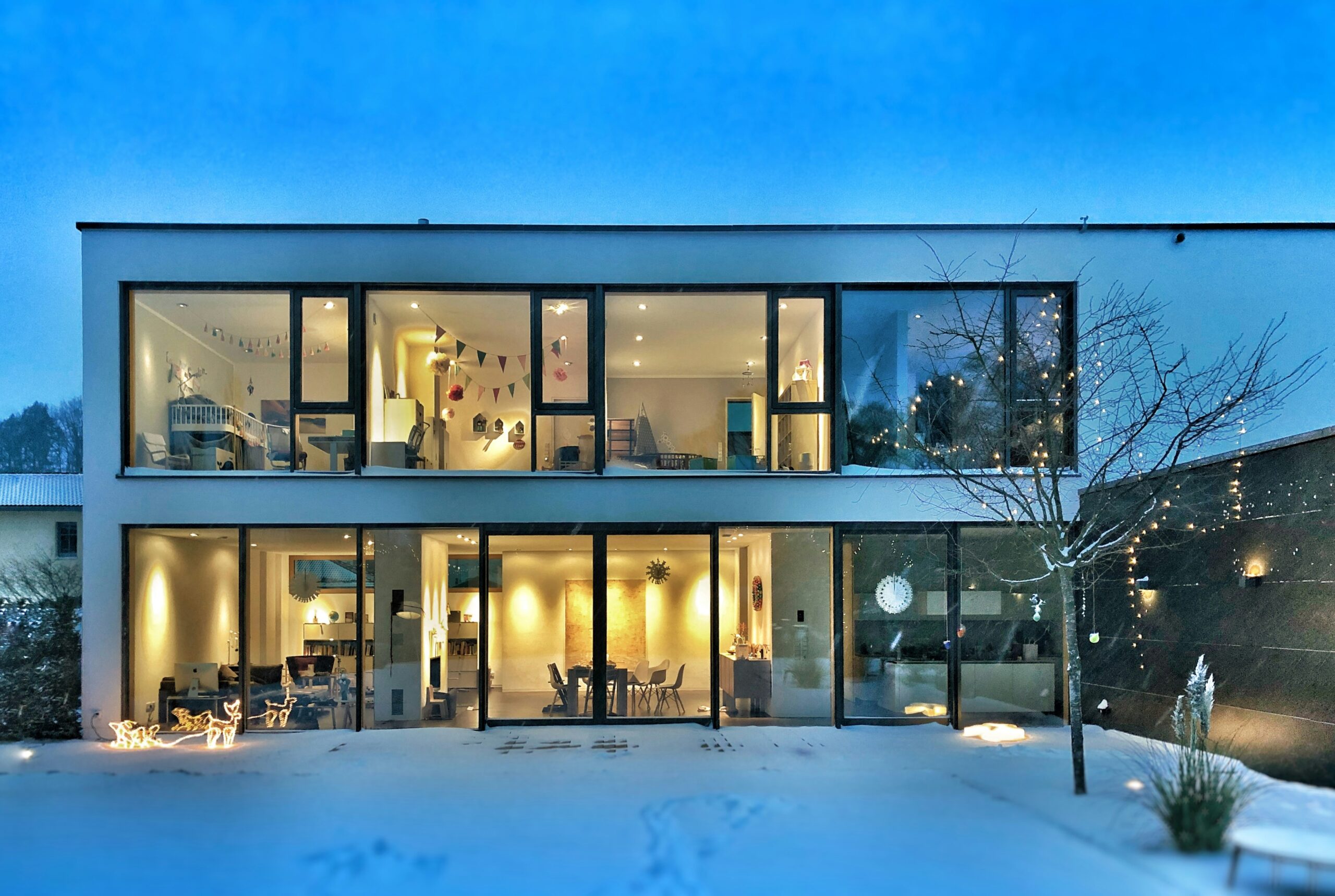The current trends in interior design are about more than aesthetics – they highlight the possibilities with smart home technology. From smart lighting solutions to home automation systems, smart technology is becoming a staple in interior design.
Understanding Smart Home Technology in Interior Design
Modern home automation is based on smart home technology. Some of the terms commonly associated with smart homes are efficiency and intuitiveness, which forms the foundation of many smart home gadgets and systems like smart lighting systems, security solutions, and voice assistants.
But smart tech is more than just gadgets. It’s about creating a more responsive environment – features that get to know your routines, anticipate your needs, and enhance your comfort and convenience. As these systems become more affordable and accessible, they’re increasingly included in interior design planning.
The Intersection of Design and Functionality
Traditionally, interior design focused on layout, materials, color palettes, and furniture or décor that aligns with a style or theme. Technology was something that homeowners wanted to work around, making it less conspicuous while still enjoying the benefits it brings.
Now, smart technology is considered in the early stages of a project to ensure optimal placement, integration, and user experience, while also complementing the overall design plan.
For example, many homeowners have lighting, climate control, music, and security tied into a system that responds to voice commands or smartphone apps. Contractors and interior designers are taking that into account, planning for wear to conceal wiring, incorporating tech hubs into furniture or cabinetry, or highlighting attractive tech, all without disrupting the visual harmony of the space.
The trend is obvious: less clutter, more seamless design. Minimalist aesthetics pair naturally with touch panels, wireless tech, and touch panels that keep it looking clean and contemporary, but there are other design styles, such as farmhouse or traditional, that can still incorporate modern tech without losing the historic charm.
Popular Smart Technology Features in Modern Interiors
Smart Lighting
LED bulbs and lighting systems give you plenty of options to control brightness, color, and schedules from your phone or voice assistant. For example, you can set a cozy mood for a movie night or wake up to a gentle sunrise simulation. The lighting fits your lifestyle and whatever you prefer at any given moment.
Climate Control
Smart thermostats were one of the earliest adoptions of smart home technology – for good reason. These thermostats can help with cost savings by learning your work routine and adjusting temperatures automatically. They’re also helpful for zoned heating and cooling systems, allowing precise climate control and customized experiences from room to room without the need for unattractive analog wall units or constant manual adjustments during seasonal transitions.
Voice Assistants and Control Hubs
Voice-controlled assistants like Amazon Echo or Google Nest act as a central command center for your home. Modern designs are sleeker, more customizable, and blend seamlessly into bookshelves or countertops easily for an inconspicuous look.
Smart Furniture
Designers are increasingly embracing furniture with more functionality, such as beds with built-in lighting and under-bed storage or coffee tables that double as mini-fridges and Bluetooth speakers. Even home office desks now come with wireless charging pads and ergonomic adjustments at the touch of a button, making it that much easier to incorporate smart features into your design aesthetic.
Connected Kitchen and Bathroom Fixtures
The kitchen and bathroom are some of the most used rooms in your home, and they’ve gotten smarter, too. Smart appliances have been increasingly popular, such as ovens that you can preheat from a smartphone app, refrigerators that tell you if you’re out of something or suggest recipes, and motion-sensor faucets.
Integrating Technology with Aesthetics
The unobtrusive look and sleeker designs of smart home features have been a positive trend for interior designers. Instead of focusing on incorporating tech throughout the home in a way that’s still functional without detracting from the look, newer options have sleek finishes, low-profile design, and customizable skins or colors that allow designers to match devices with a color palette or architectural style.
For example, wall-mounted tablets can be framed like art, or speakers can be built into ceilings seamlessly. Automated blinds, a simple yet luxurious upgrade, can offer a modern look while maximizing privacy and energy efficiency. The goal of an interior designer is to integrate technology in a way that enhances the space without drawing attention to itself, which is made much easier with newer technology features.
Challenges in Smart Home Design
Despite the incredible innovation we’ve seen in recent years, there are still challenges to navigate:
- Visual balance: It’s easy to put too much tech in your home, leading to a cluttered or clashing look. It’s important to choose systems that enhance the design and your user experience without looking like you live in a tech company headquarters.
- User experience: Individual smart home devices are convenient, but having 15 devices that work with 15 different apps is far from a positive user experience. All of your tech should integrate seamlessly with simplified controls that ensure you get the most out of them.
- Privacy and security: Smart devices have data considerations, like any connected technology. Both interior designers and homeowners need to prioritize secure networks and privacy settings to make sure that a smart home doesn’t compromise security.
- Longevity: Tech evolves at a lightning pace. Designing with flexibility ensures you can upgrade or replace your systems without doing a complete renovation every few years. Think about the tech you have and where it might be in the future while you’re planning your design, such as smaller speakers, sensors, and tech systems or more advanced smart lighting.
The Ultimate Blend of Form and Function
The future of smart homes looks promising. We can expect more advanced capabilities and an increasing role for artificial intelligence (AI) and machine learning for a more responsive, personalized experience. Fortunately, the fusion of interior design and smart technology helps you create an environment that’s stylish and expressive without compromising the intelligence, adaptability, and user experience that smart features can offer.
Author Information

Rebecca Denis, Head of Design at Revive Real Estate, is an accomplished and highly creative interior designer with over ten years of experience in the industry. With a passion for transforming spaces and a keen eye for detail, she has successfully completed numerous projects ranging from commercial spaces to custom show homes.

